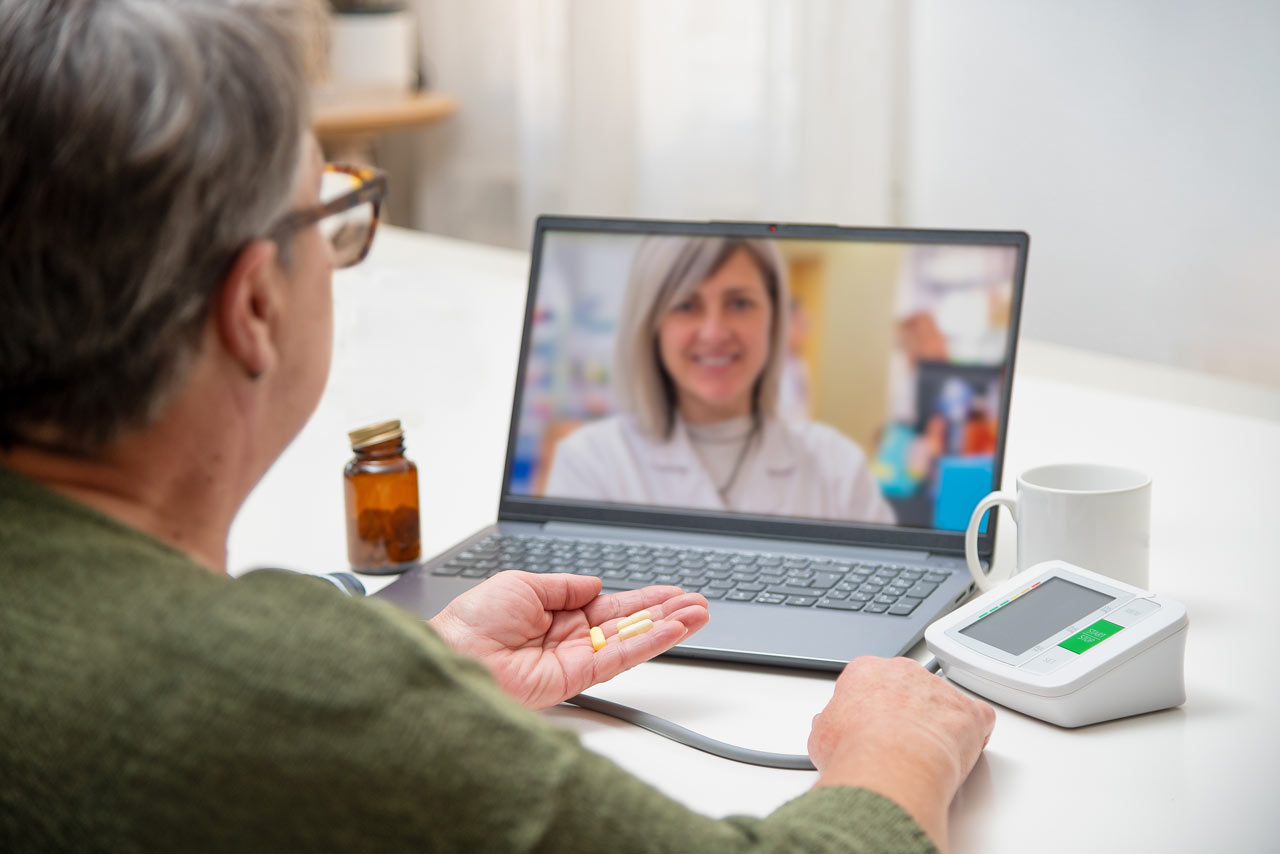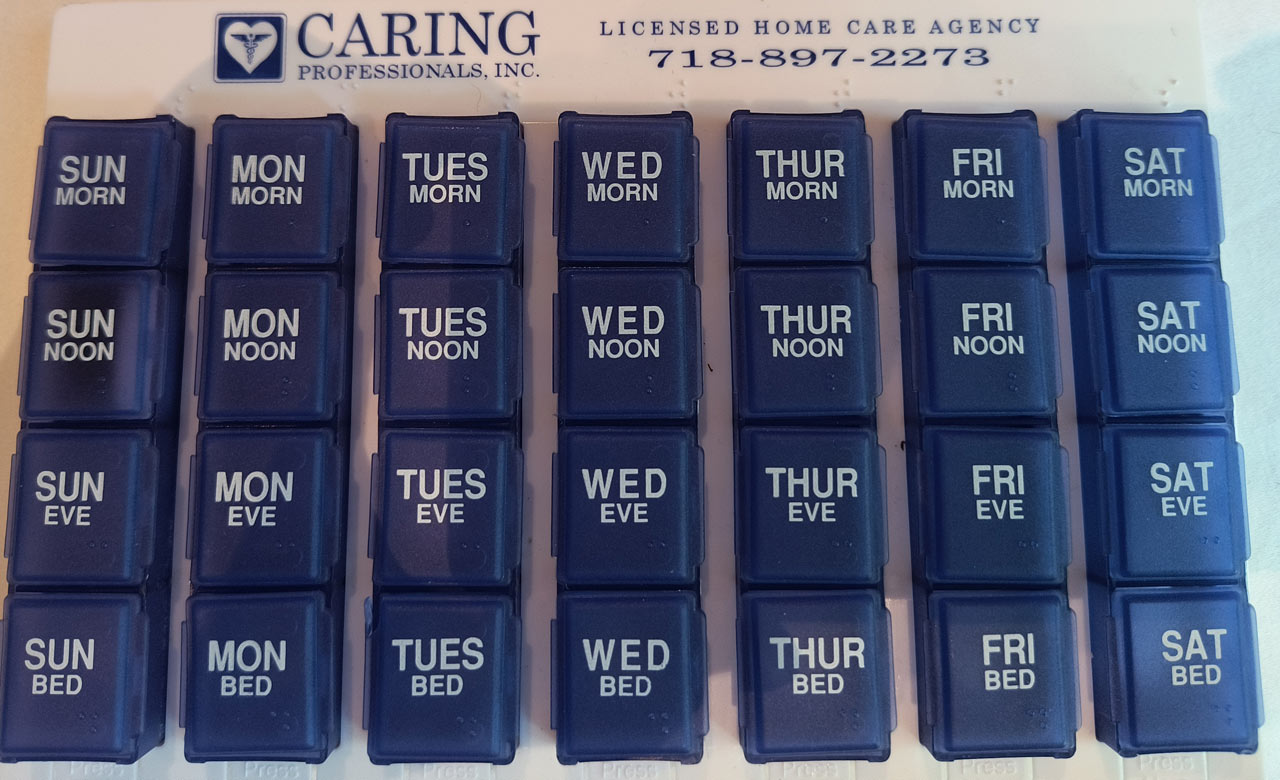Challenging the Traditional Paradigm of Caregiving: A New Perspective
When one individual gives care, attention, assistance, and support to another, there’s often a sense that a full vessel is pouring into an empty vessel. There’s a void between the receiver and the giver gives. This is a paradigm of caregiving in the Western world that may be very harmful.
It assumes the depletion of the giving vessel. Thus, self-care becomes necessary to fill up the empty pitcher of giving. It’s another duty for the caregiver; she must tend to her own needs so that she can give to the person who needs them here. It’s another layer of requirement, points out Dr. Ann Basting.
There is another model of the caregiving relationship that is gaining prevalence in literature and practice. It’s just that: a relationship where both partners benefit. It’s reciprocal and the research supports that it can be transformative. Caregivers of Alzheimer’s patients express the benefits of their roles: the relationship with the senior, the ability to let go, learning to laugh at difficulties, and a deep sense of purpose.

Unfortunately, this view of the caring partnership is not popular enough. Our culture emphasizes youth and disguising evidence of aging. Additionally, to protect the dignity of infirm seniors, they may be kept away. Feelings of shame and reticence about symptoms of decline are common. And therefore, those who provide the care are not respected sufficiently and feel unsupported and isolated. Their role and/or profession are not valued monetarily by society either. Caregiving holds caregivers back, society says. They lose money, opportunity, and respect.
The solution, especially for those dealing with memory loss and dementia, is creative caring, says Ann Basting. A McArthur Foundation Fellow (commonly known as a MacArthur Genius Awardee), she developed an improv theater method to use in congregate care settings. With evidence-based approaches and research money, she connects the seniors using “yes, and” phrases designed to draw them out as well as the arts.
Using the corrective method when a patient makes a mistake causes withdrawal and even strong negative reactions such as anger and aggression. Often patients edit themselves and don’t speak much because of the wall created by mistakes and corrections.
Instead, using eye contact and patient creative prodding for a response to a stimulant, repeating it and saying “yes, and” prompt more responses. This approach fosters storytelling and active listening, allowing elders to freely share ideas and stories without worrying about getting the details “right.” Feelings of safety and active verbal engagement ensues if it’s done with training. Basting’s research has shown that these practices stimulate the brain and awaken the imagination to richness and dimension. These verbal stimuli also give seniors with dementia a way to connect with the world and the people who are caring for them. Done in a group setting, creative engagement of this kind is creating communities in senior facilities.

Most seniors live alone at home, however. Her research on creative engagement with the arts for seniors extended to many arts: visual arts, dance, drama, singing, and collage. Dr. Basting used 45 Questions of the Day that went out with meals on wheels drivers. They were followed up with artistic home visits and the results were displayed/performed. The results were significant in medical research terms of cognitive responsive and engagement.
Basting is a theatre professor at the University of Wisconsin, Milwaukee, and is founder of the Timeslips organization which has resources on how to use this humane method of reciprocal caregiving, “creative caring” with individual memory loss patients. She has what she calls “Beautiful Questions” which are used to invite someone to imagine, using words, sounds, movements, and images. Instead of focusing on stimulating memory, these questions open new worlds where both caregivers and senior derive joy and connection. Timeslips.org offers free resources for storytelling and projects that are not hard to follow. They also offer training so that a successful reciprocal imaginative connection ensues, giving meaning and joy to both family caregiver and senior.
Similar articles from Caring Professionals Home Care Agency






